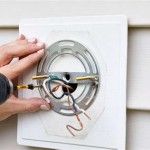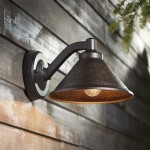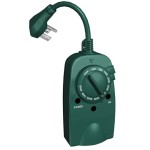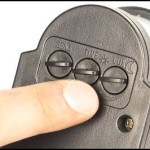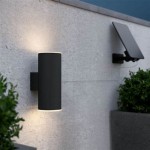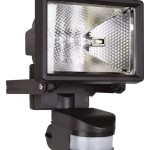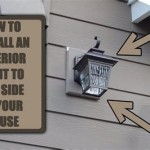Best Way To Set Up Outdoor Lights
When it comes to making the most of your outdoor space, proper lighting is key. Outdoor lights can enhance your home's aesthetics, increase safety and security, and allow you to enjoy your yard or patio well into the evening. However, planning and installing outdoor lights can be a daunting task, especially if you're unsure where to start. Here are some essential aspects to consider to help you set up outdoor lights effectively.
1. Determine Your Purpose and Needs
Before you start shopping for outdoor lights, take some time to consider what you want to achieve with them. Are you looking to illuminate a walkway or driveway for safety? Do you want to highlight a particular feature of your landscape? Or do you simply want to create a cozy and inviting atmosphere? Understanding your purpose will help you choose the right type and style of lights.
2. Consider Safety and Security
Outdoor lights can play a vital role in deterring crime and accidents. Ensure you place lights strategically around your property to illuminate dark areas, such as entrances, walkways, and patios. Consider installing motion-activated lights, which can help alert you to any movement or activity near your home. Additionally, check if your outdoor lights comply with local regulations and standards to ensure they won't disturb neighbors or create light pollution.
3. Choose the Right Types of Lights
There are various types of outdoor lights available, each with its own characteristics and applications. Some popular options include:
- Floodlights: Provide broad coverage and are ideal for illuminating large areas.
- Spotlights: Focus light on a specific area or object, creating a dramatic effect.
- Path lights: Line walkways and paths to guide people safely.
- Deck lights: Illuminate decks and patios, providing ambient light and creating a cozy atmosphere.
- String lights: Create a festive and relaxed ambiance in outdoor sitting areas.
4. Plan the Layout
Once you've chosen the types of lights you want, it's time to plan the layout. Start by identifying the key areas you want to illuminate, such as entrances, walkways, and patios. Consider the distance between lights and the direction of the beam to ensure adequate coverage. Make sure to place lights evenly to avoid creating dark spots or areas of excessive brightness.
5. Consider Energy Efficiency
Outdoor lights can consume a significant amount of energy, so it's essential to choose energy-efficient options. Look for lights with LED technology, which is known for its energy efficiency and long lifespan. You can also consider installing solar-powered lights to eliminate the need for electricity and reduce your carbon footprint.
6. Think About Aesthetics
Outdoor lights should not only be functional but also complement the overall design of your home and landscape. Consider the style and finish of the lights to ensure they blend well with your home's exterior and landscaping. Choose lights that enhance the aesthetics of your outdoor space and create a cohesive look.
7. Hire a Professional if Needed
If you're unsure about installing outdoor lights yourself, don't hesitate to hire a professional electrician. They can help you determine the best types of lights for your needs, create a lighting plan, and ensure proper installation, ensuring safety and avoiding potential hazards.

How To Install Your Own Outdoor Backyard Lighting My 100 Year Old Home

How To Install Your Own Outdoor Backyard Lighting My 100 Year Old Home

19 Stylish Outdoor Lighting Ideas The Best Patio

Planning An Outdoor Party Don T Forget Lighting Landworx Of Ny Landscape Design And Build Goshen Hudson Valley Landscaping Company

Light Backyard Outdoor Lighting Installation Ashburn Va

How To Hang String Lights Outdoors

Outdoor Lighting Installation Tips Instructions Ahs

Best Outdoor Lighting Ideas From An Electrician Krueger Electric

How To Install Low Voltage Outdoor Landscape Lighting 1000bulbs Blog

Take Your Lights Outside How To Make Garden Smart Innr Lighting
Related Posts
